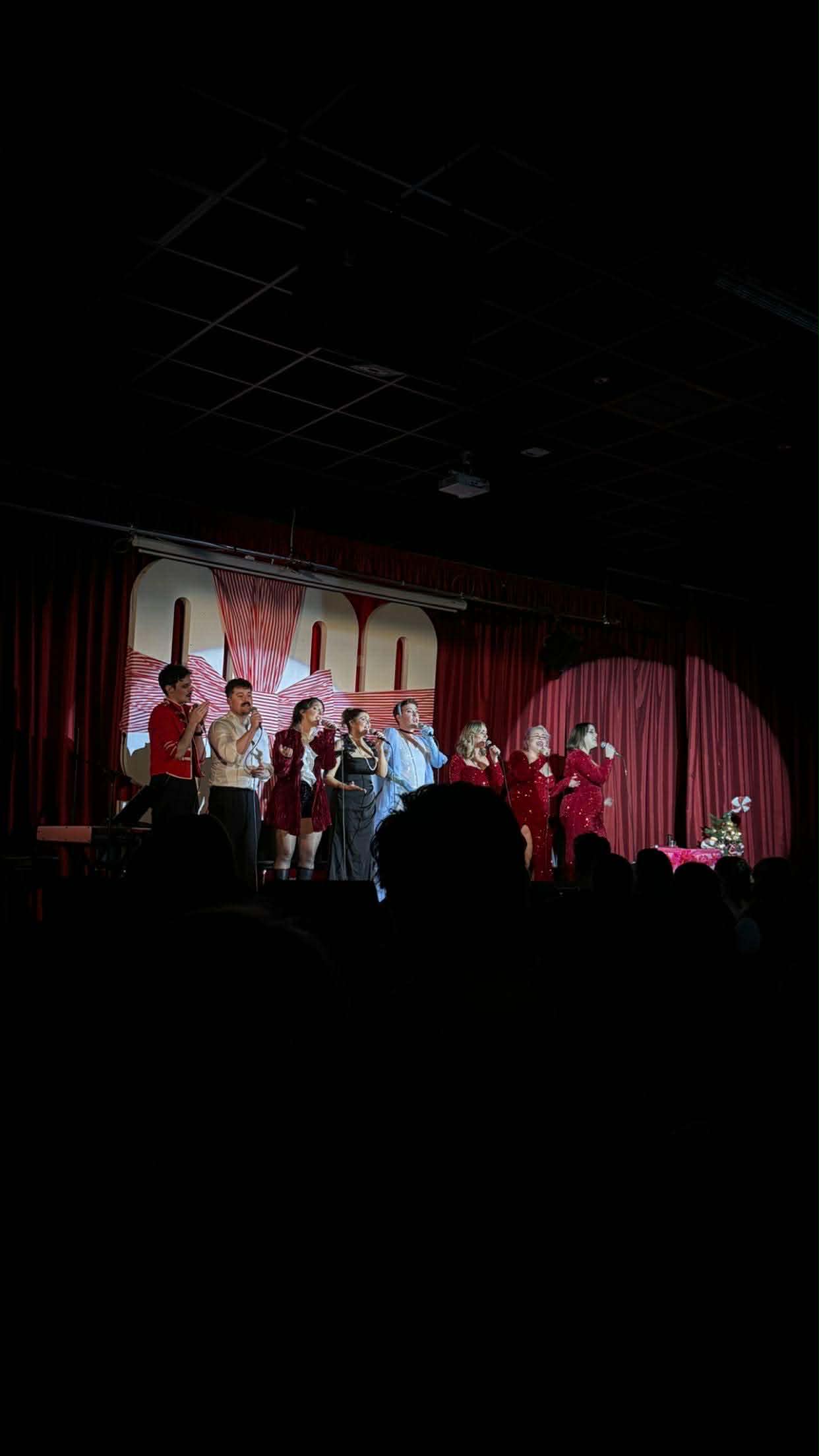By Megan Evans
As students have begun to return to university, sticking to the social distancing rules has practically gone out of the window. Illegal raves have been occurring throughout the UK, some of the biggest ones being in London, Bristol, Manchester, South Wales and Yorkshire, just to name a few. These events have been a cause for the number of coronavirus cases to rise. In July, the police reported a staggering 500 UME (Unlicensed music events) within the London area alone.
If we take a look back, it was around the 80s when acid house arrived from America, and crafted this cultural movement which spread across the country. By the early 90s, these raves were huge events hosted for thousands of people, but encouraged a lot of antisocial behaviour including drug use and violence. This in turn led to stricter rules and measures being implemented within the country.
Penalties became more common, with fines of up to £20,000 in 1990 being passed through UK Parliament for hosting illegal gatherings. This is not as surprising as the fines being imposed more forcefully now, as if you are found to be breaking these rules, you will incur a fine of up to £10,000. That seems like such an unjustifiable number, considering the little amount of money students would have.
So, my debate will lead on to this question- are these raves really worth the hassle? After months of being forced into a lockdown that has dramatically impacted lives and livelihoods, I am not surprised about the rise in numbers of illegal raves. I, however, find that attending these raves during an uncertain time to be worrying, as they encourage a chain reaction of people aimlessly breaking the rules because other people are doing it too.
Can we blame those who want to participate in this ÔÇÿparty’ culture? These hallmarks of lockdown’s illegal parties show not just a complete disregard for public health and excessive littering, but are reminiscent of the dark turn of the 1990s in Castlemorton, where 20,000 people showed up to Worcestershire for a rave.
They mark a time where uplifting remixes and colourful clothing were worn, which seems like all fun and games, until you see the actual dark side of raves. Ones where violence is a large prominence.
During the 80s, social unrest caused a staggering upheaval in people wanting to attend these raves and parties. I can sympathise as there has not been much in terms of social enjoyment due to businesses going bust, empty buildings and the festival scene tucked away for another year and left untouched. Young people are desperate for a sense of normality and a form of ÔÇÿescapism’ from the reality of depression and financial crisis that they are going to be hit with. But aren’t we all?
These raves that have been plastered across the news haven’t just been a couple of people. There are hundreds and hundreds of hopefuls. It is feared that this target group is causing the cases to flare up more and more. 500 people attended a rave in Hertfordshire and was broken up by police days before the cases spiked up by 350 percent.
One event, which occurred near Manchester a few months ago, caught the eye of Britain’s news media after police reported that several thousand attended. There were reported three stabbings, a rape and an overdose death. Authorities are struggling to keep up.
A combination of strict licensing laws, the closure of clubs and the high cost of living in British cities led to this boom in underground raves, but they’re also condemned by the established members of Britain’s illegal rave scene.
The media predicted the ÔÇÿSecond Summer of Love’ which described the short-lived explosion of colourful, MDMA-fuelled illegal raves that rippled through England during 1988-89.
In the early stages of this Second Summer of Love, the events and parties were often held in empty warehouses across the UK which made them illegal, and how this has continually been a trend within the youth culture. Excessive drug use was also becoming the trend, with ecstasy being a drug that stigmatized the feeling of euphoria, love and empathy and a collective enjoyment of music. But is this something we should teach our children? Drugs will forever be associated with raves but should we glamourise the use of them just because it makes you ÔÇÿfeel happy?’ What about all the mental disorders that could be drawn from this?
All in all, I feel like raves should continually encourage the enjoyment and fulfilment of the youth generation of music, but I think we should wait a bit longer before they can be properly enjoyed and ÔÇÿsafe’, and the coronavirus should act as a force to reckon with in the future of hosting these events so they always can be safe, and not hit headlines in a negative way.


